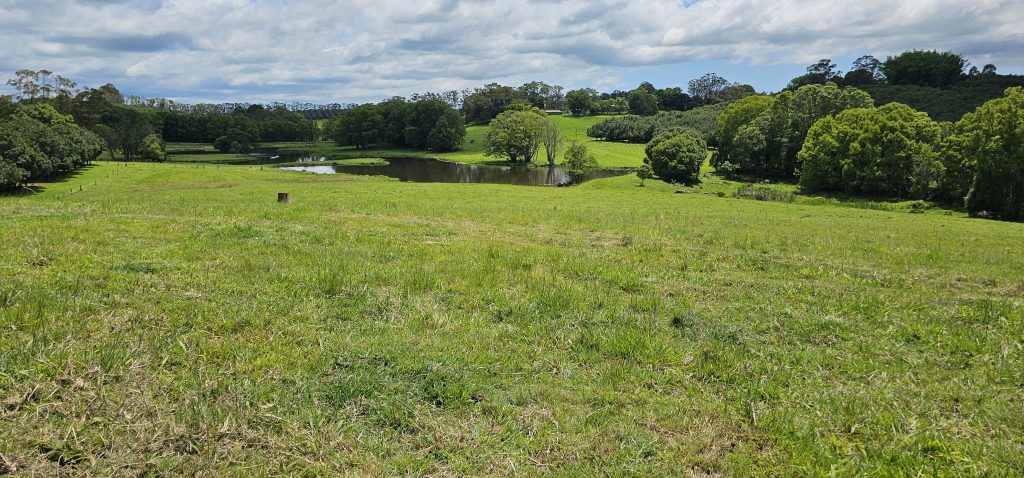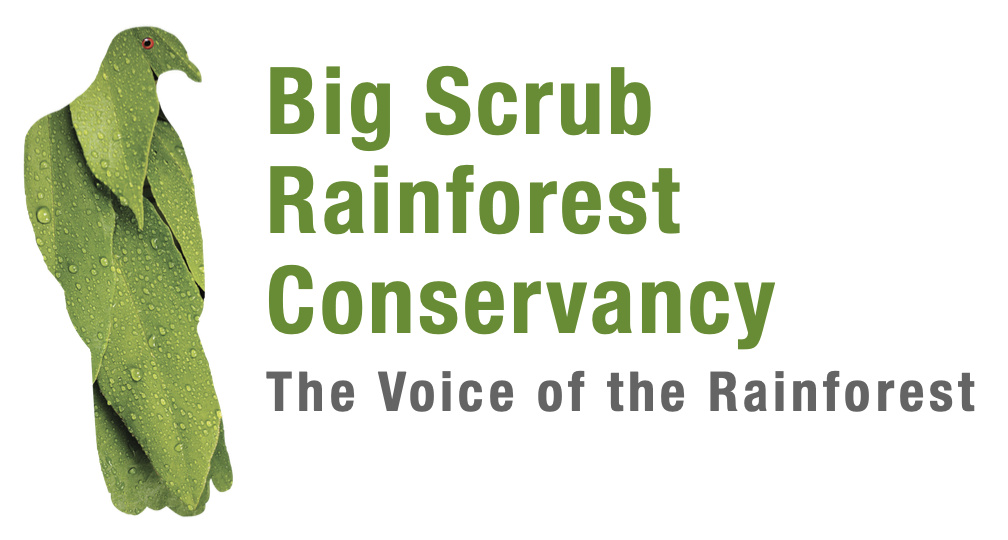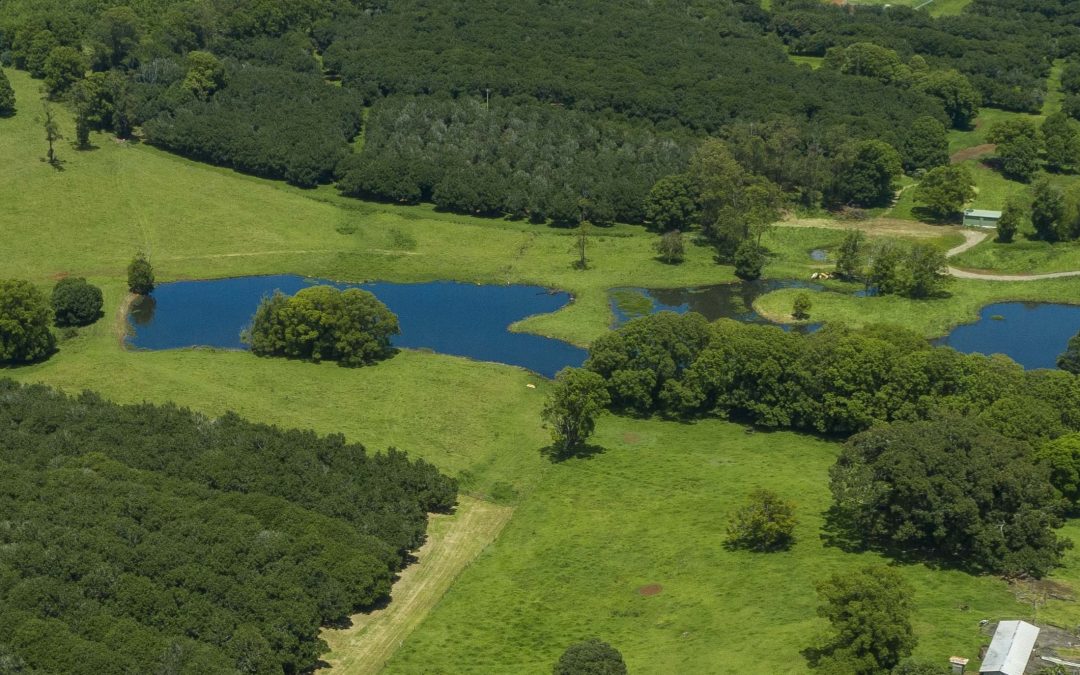The future of Australian rainforests is at a crossroads. Research has shown that what’s left of the once mighty rainforests of Northern New South Wales are now critically endangered and could face extinction because of a serious lack of genetic diversity.
A world first Australian project, Science Saving Rainforests, will be an important key to stop this decline. The concept was the brainchild of Dr Tony Parkes (AO), co-founder and President Emeritus of Big Scrub Rainforest Conservancy, one of Australia’s leading not-for-profit community conservation organisations. The Conservancy have joined forces with the Botanic Gardens of Sydney, Firewheel Rainforest Nursery and one of Australia’s leading rainforest evolutionary and field ecologists, Dr Rob Kooyman.
It will repair the genetic diversity destroyed by land clearing, help save threatened species and grow a new generation of rainforest trees more resilient to threats like disease, pests and climate change.
Nearly 10,000 leaf samples from 60 species of rainforest trees have been collected between Southern NSW and Far North Queensland and their genetic make-up is being analysed using the very latest genome-based science. The outcome will be to find the most genetically diverse trees, collect cuttings from them to grow on and subsequently plant in a macadamia-style plantation. Seed produced will be provided to commercial nurseries to grow resilient trees for future planting projects.
The plantation is a 38 acre site at McLeans Ridge, near Alstonville.

Dr Tony Parkes commented, ‘I have spent the last 35 years of my life committed to saving the subtropical rainforests of Australia and the Science Saving Rainforests Program is the most important initiative I have ever been involved in. I firmly believe that our project is of global significance because the same issues we face here are the same issues facing the world’s rainforests and other degraded ecosystems’.
A call for help….. Dr Parkes continued ‘We now have an urgent need to raise funds to prepare the site for this vitally important plantation.’


